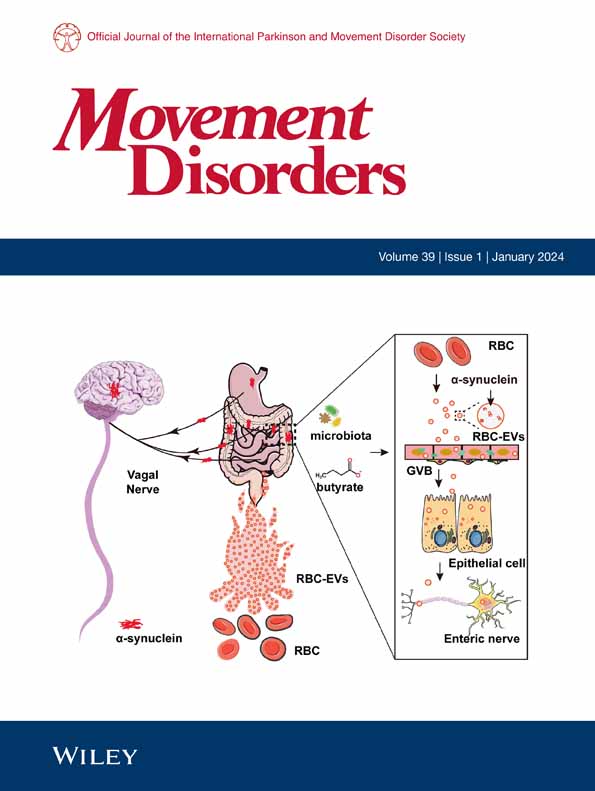Brain Age as a New Measure of Disease Stratification in Huntington's Disease
IF 7.4
1区 医学
Q1 CLINICAL NEUROLOGY
引用次数: 0
Abstract
BackgroundDespite advancements in understanding Huntington's disease (HD) over the past two decades, absence of disease‐modifying treatments remains a challenge. Accurately characterizing progression states is crucial for developing effective therapeutic interventions. Various factors contribute to this challenge, including the need for precise methods that can account for the complex nature of HD progression.ObjectiveThis study aims to address this gap by leveraging the concept of the brain's biological age as a foundation for a data‐driven clustering method to delineate various states of progression. Brain‐predicted age, influenced by somatic expansion and its impact on brain volumes, offers a promising avenue for stratification by stratifying subgroups and determining the optimal timing for interventions.MethodsTo achieve this, data from 953 participants across diverse cohorts, including PREDICT‐HD, TRACK‐HD, and IMAGE‐HD, were meticulously analyzed. Brain‐predicted age was computed using sophisticated algorithms, and participants were categorized into four groups based on CAG and age product score. Unsupervised k‐means clustering with brain‐predicted age difference (brain‐PAD) was then employed to identify distinct progression states.ResultsThe analysis revealed significant disparities in brain‐predicted age between HD participants and controls, with these differences becoming more pronounced as the disease progressed. Brain‐PAD demonstrated a correlation with disease severity, effectively identifying five distinct progression states characterized by significant longitudinal disparities.ConclusionsThese findings highlight the potential of brain‐PAD in capturing HD progression states, thereby enhancing prognostic methodologies and providing valuable insights for future clinical trial designs and interventions. © 2025 The Author(s).求助全文
约1分钟内获得全文
求助全文
来源期刊

Movement Disorders
医学-临床神经学
CiteScore
13.30
自引率
8.10%
发文量
371
审稿时长
12 months
期刊介绍:
Movement Disorders publishes a variety of content types including Reviews, Viewpoints, Full Length Articles, Historical Reports, Brief Reports, and Letters. The journal considers original manuscripts on topics related to the diagnosis, therapeutics, pharmacology, biochemistry, physiology, etiology, genetics, and epidemiology of movement disorders. Appropriate topics include Parkinsonism, Chorea, Tremors, Dystonia, Myoclonus, Tics, Tardive Dyskinesia, Spasticity, and Ataxia.
 求助内容:
求助内容: 应助结果提醒方式:
应助结果提醒方式:


